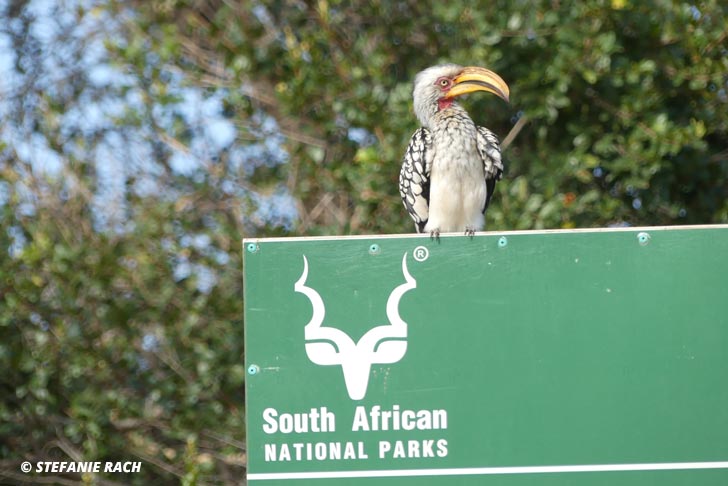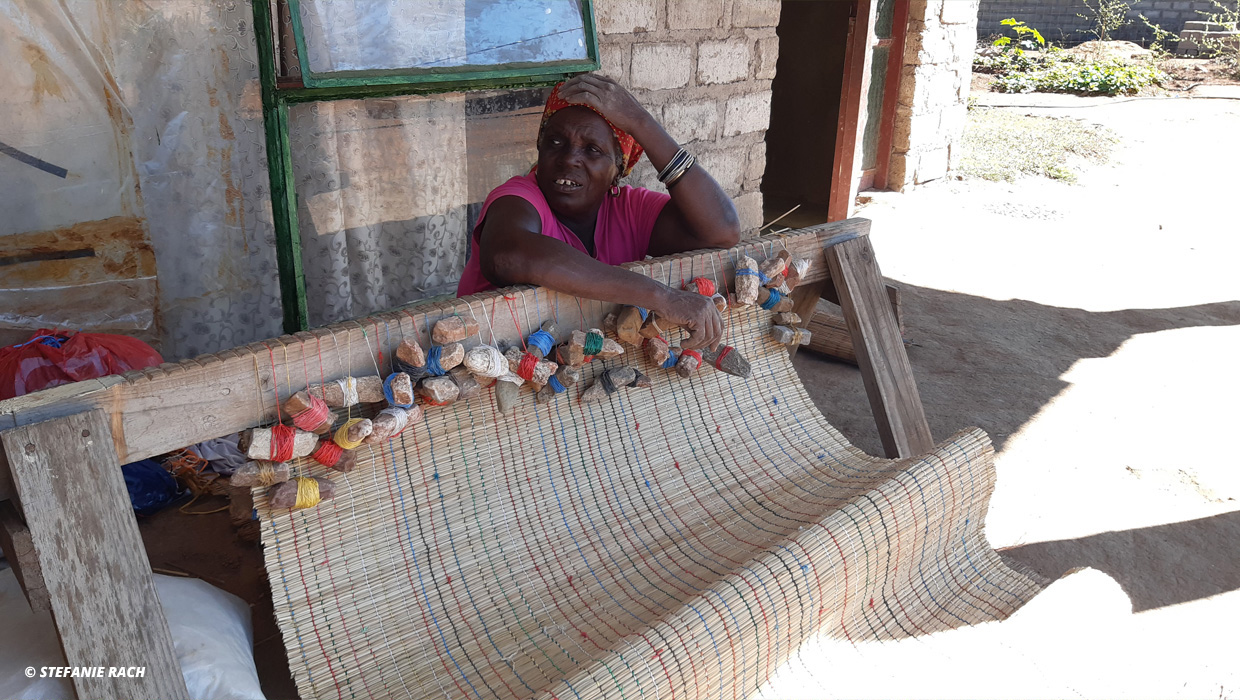A Day out of the Kruger Park
Kruger National Park in South Africa is one of the most beautiful places on our planet. Numerous tourists travel from other regions, other countries, even other continents to spend just a few days there. But many of the local people who live only a few kilometres from the nearest entrance have never been there. Why is that?

By Stefanie Rach
On almost 20,000 sq km of land, elephants can roam, lions go hunting and zebras graze in Kruger National Park. And while admiring all the magnificent wilderness there, one question comes to mind: Where do the people actually live?
A look at South Africa’s history provides information on this. The San tribe once lived in the region of today’s national park as hunter-gatherers. They were displaced about 1500 years ago by the Bantu people from northern Africa. Many of today’s groups in South Africa, such as the Zulu, Xhosa and Swazi, originated from them. It took a while (and also a few wars) for each group to find its place. But eventually they too were displaced, this time by the Boers, the immigrants from the Netherlands. As the British took over the Cape region in the west in the early 19th century, the Boers established the Republic of Transvaal in the east. Their excessive hunting of wild animals decimated the populations to such an extent that protected areas were established. A misleading term from today’s point of view, as hunting was still allowed in protected areas, now only under controlled conditions. However, this was not enough for the animal populations to recover, which is why further protected areas were founded. In addition, attempts were made to relocate the local inhabitants. Those who paid rent, however, were allowed to stay.
The famous Sabie Game Reserve was established in 1898 by Paul Kruger, then President of the Republic of Transvaal. Over time, protected areas were merged to form Kruger National Park in 1926. During apartheid, all the inhabitants of the protected areas were forcibly relocated. This is how the communities on the edge of the park (or generally on the edge of national parks and reserves) came into being.
It is not surprising, then, that many of the local people had a hostile attitude towards Kruger National Park. In fact, it is only in recent years that local people have been involved in the management of reserves and national parks, offered job and training opportunities, allowed to visit at reduced rates.

Nowadays, conservation means protecting wildlife together with the people. The idea of a rapprochement of human to human and human to nature is still new. And probably many of the older ones will not be able to forget the injustices of the past so easily. But on my last visit to Kruger, we encountered an open-top bus with a school class from the surrounding area watching elephants in amazement. Kruger Park may have a turbulent past, but I dare say it looks forward to a hopeful future.
Every problem has a solution, every solution needs support.
The problems we face are urgent, complicated, and resistant to change. Real solutions demand creativity, hard work, and involvement from people like you.

Stay in the know.
Be ready to act.
To keep up to date with our latest news, events, marches,
campaigns and fundraising activities.
